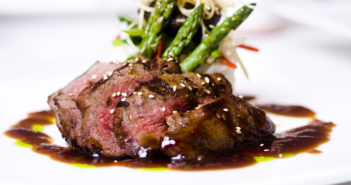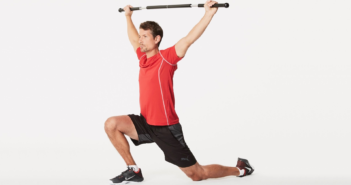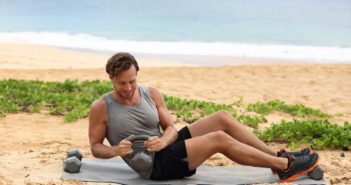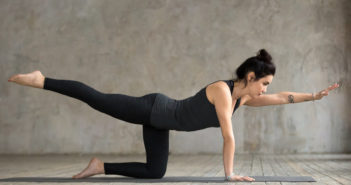
The ‘carnivore’ diet is picking up steam in Silicon Valley – but can eating primarily meat and water ever be good for you?

The ‘carnivore’ diet is picking up steam in Silicon Valley – but can eating primarily meat and water ever be good for you?

There’s a bit of kit that promises to improve your mobility, speed your recovery and improve your performance across a variety of sports…and, uh, it’s a stick

The Russian Twist. Fantastic for your core, but are you actually doing them properly?

The ‘Bird Dog’ is a move that forces you to not only brace your abs harder than a plank, but avoid toppling over to one side by resisting your torso’s natural torque

Dousing yourself in cold water might not seem like the best way to start your day, but it’s been a popular practice for centuries

According to research from the University of Sydney, speeding up your walking pace could extend your life

Pity the poor push-up. Used as a punishment in PE classes and the military, less sexy than a thousand more complicated exercises available in the modern gym, and done with terrible form by almost everyone, it’s perhaps the most underrated exercise on the planet. Because done right, the humble press-up is one of the best full-body moves possible.

Doing endless press-ups without any visible improvements to your pec dance? Blame biology, not your genetics. Your pectoral muscles’ main purpose is adduction of the shoulder – bringing your upper arm inward towards your body, like you do when you hit a forehand in tennis – so pushing/pressing movements aren’t terribly effective at targeting them.

Pop quiz, hotshot: what’s the best bit of training kit that everyone has in their house? No: it’s not cans of soup, which only work for curls if you’ve got the arm strength of an inactive toddler. It’s not even bottles of water, though they’re a better bet, or crates of booze – they’re handy for squatting, but at some point you’ll end up drinking them. Nope: to add variety (and function) to your home workout, your best bet’s a towel.

If you’ve been paying attention to developments in six-pack science over the last half-decade, you already know that situps are on the way out: curling your spine dozens of times isn’t necessarily the best plan for lower-back health, and it’s not really training your core to do what it’s designed for (helping you stay stable in any conditions) anyway.